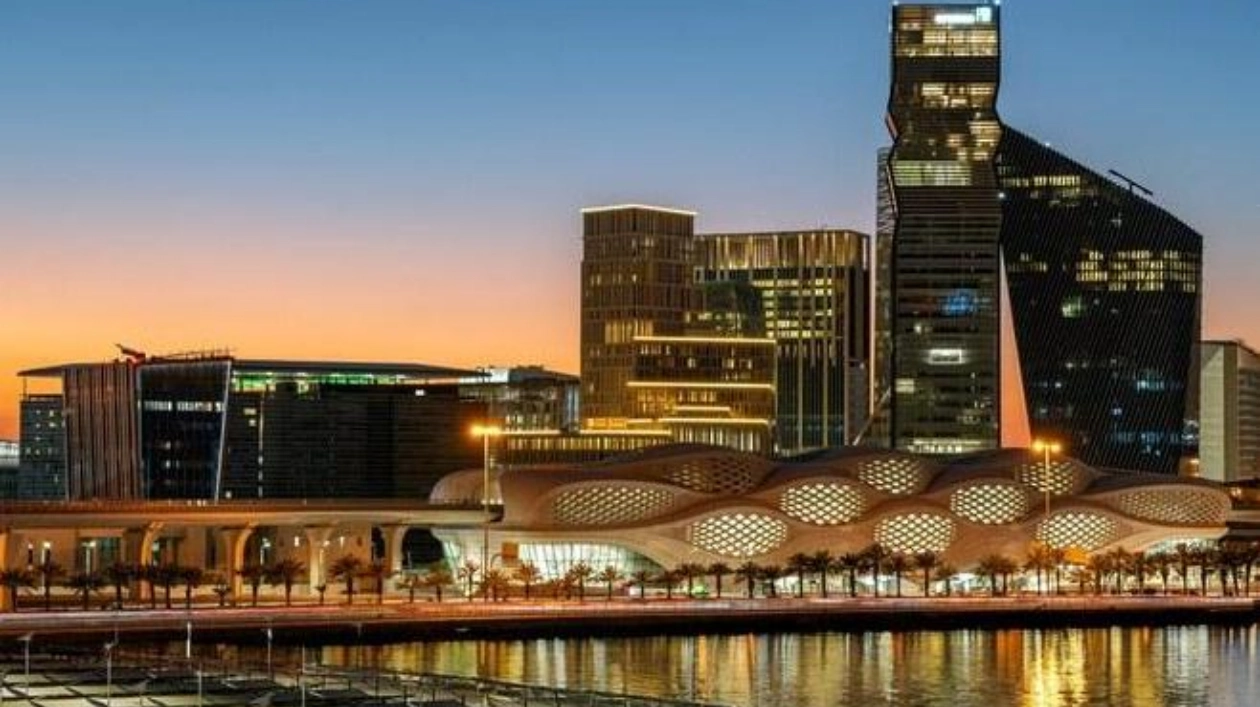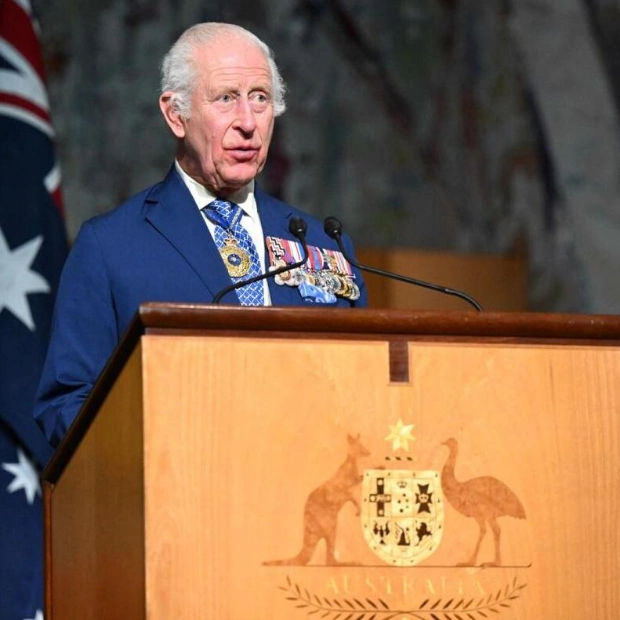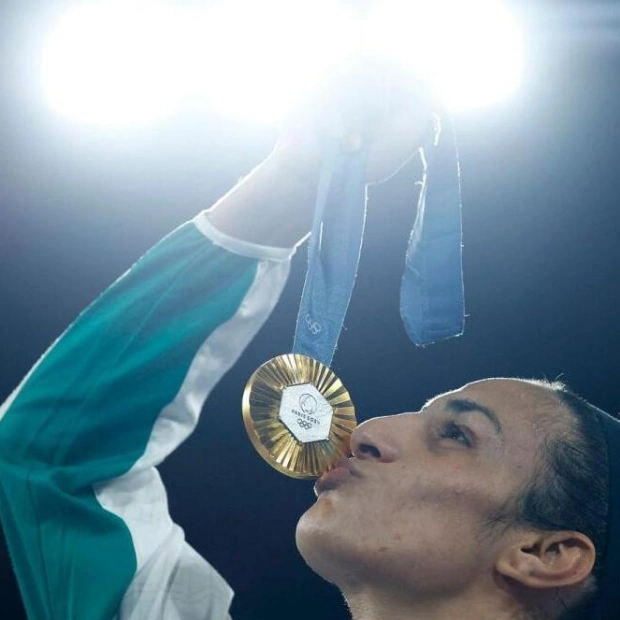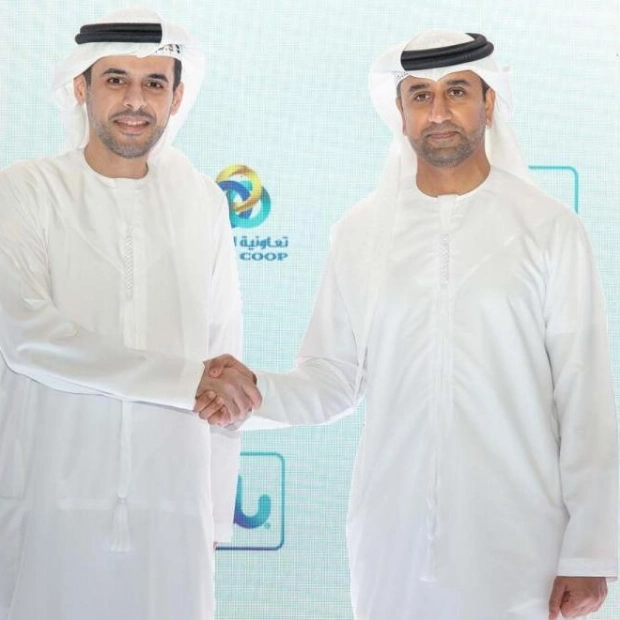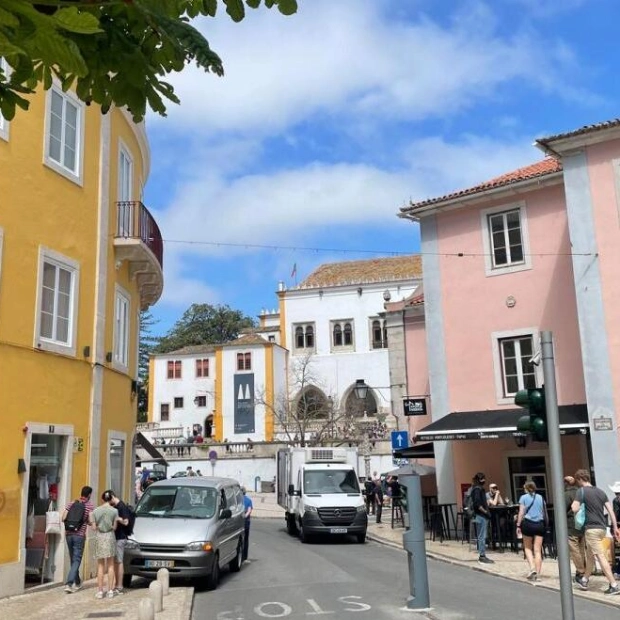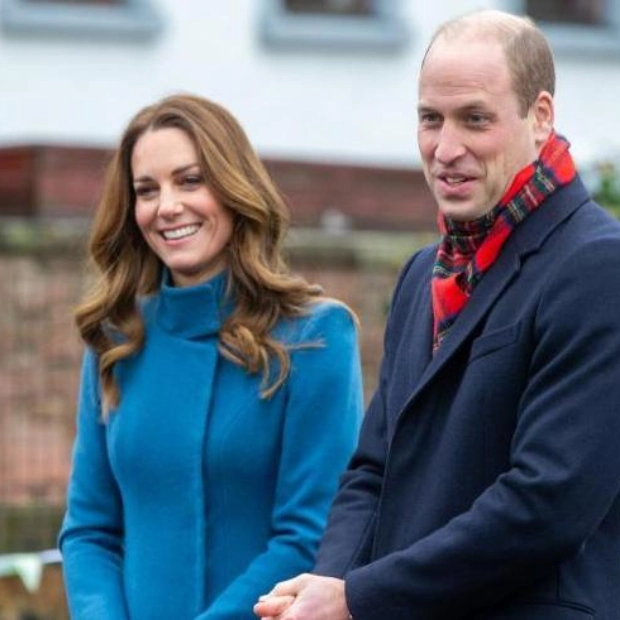RIYADH: Saudi Arabia’s foreign direct investment inflows surged to SR96 billion ($25.6 billion) in 2023, reflecting a 50 percent increase from the previous year, according to recent data.
A report from the Ministry of Investment revealed that these figures were calculated using a new methodology aligned with the International Monetary Fund’s sixth edition of the Balance of Payments Manual, which provides updated guidelines for compiling cross-border transaction data.
The reported inflows exceeded the National Investment Strategy target by 16 percent. Saudi Arabia aims to boost FDI inflows to 5.7 percent of its nominal gross domestic product by 2030, up from the current 2.4 percent, with a target of attracting $100 billion annually.
The report also highlighted that FDI stock — the total value of foreign investments in the Kingdom — reached SR897 billion, a 13.4 percent annual increase. Net inflows surged by 91.1 percent to SR86 billion.
Manufacturing industries led FDI inflows in 2023, amounting to SR34.44 billion, or 36 percent of the total. The financial and insurance sectors followed with SR14.86 billion, construction attracted SR13.38 billion, and wholesale and retail trade saw SR12.57 billion in inflows.
Saudi Arabia is actively working to cultivate an attractive investment environment as part of its Vision 2030 initiative, which aims to diversify the economy away from oil revenues.
The Kingdom has rolled out a series of ambitious reforms and projects designed to foster FDI and enhance the overall business environment.
These initiatives include streamlining regulatory processes, offering incentives to investors, and hosting high-profile events that showcase the Kingdom’s potential as a global investment hub.
The country’s focus on localization and innovation has positioned manufacturing as a critical pillar for attracting global investments, aligning with its goals of self-sufficiency and sustainable development.
The Saudi government’s proactive approach to improving the ease of doing business has also played a key role in attracting FDI.
Localization efforts have evolved from mere compliance to becoming vital engines for both short-term success and long-term growth.
Riyadh attracted SR33 billion in FDI inflows, positioning it as the leading region in Saudi Arabia. This can be attributed to its status as the Kingdom’s capital and economic hub, where government initiatives and major infrastructure projects have bolstered investor confidence.
The Eastern Province followed with SR29 billion in inflows, benefiting from its natural resources and strategic location, which support trade and industrial activities.
Al-Khobar recently achieved the 99th position in the International Institute for Management Development’s Smart City Index for 2024, becoming the fifth Saudi city to earn smart city status alongside Riyadh, Jeddah, Makkah, and Madinah.
The Madinah region attracted SR23 billion in FDI, driven by its religious significance and recent reforms to enhance global investment opportunities.
In 2023, Saudi Arabia’s FDI inflows came from a diverse international landscape, with the top 20 countries accounting for 85 percent of the total.
Source link: https://www.arabnews.com
